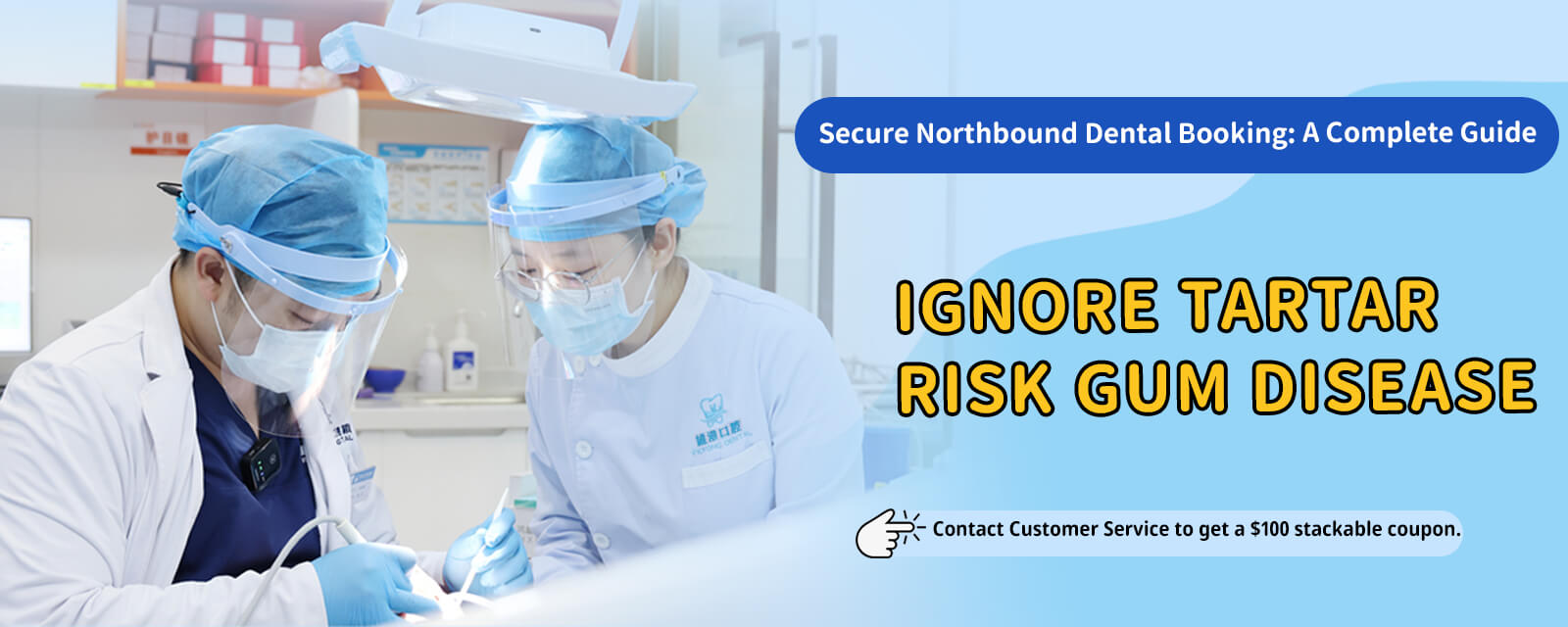Is Dental Cleaning in Beijing Safe for Pregnant Women
Is Dental Cleaning in Beijing Safe for Pregnant Women
**Is Teeth Cleaning Up North Suitable for Pregnant Women?**
In recent years, a growing number of Hong Kong residents have opted to travel north for dental check-ups and teeth cleaning. The reasons are simple: flexible timings, diverse options, and the added perk of enjoying shopping and dining experiences. However, if youre pregnant and wish to maintain your dental health during this time, is going north for teeth cleaning really suitable for you? This article, written in a familiar tone for Hongkongers, explores the considerations for pregnant women undergoing dental cleaning, as well as the potential risks and benefits of traveling north for such services, to help you make a safe and informed decision.
---
### 1. Why is Dental Health Important During Pregnancy?
Many expecting mothers experience hormonal changes during pregnancy that make gums especially sensitive, inflamed, or prone to bleeding. This can lead to swollen gums and bad breath. Additionally, changes in appetite or cravings during pregnancy can lead to the accumulation of tartar if oral hygiene is neglected, increasing the risk of periodontal disease. Maintaining oral health is not only crucial for the mother but research also indicates a connection between a mothers oral health and the babys well-being. Therefore, dental care throughout pregnancy is imperative.
---
### 2. Can Pregnant Women Undergo Teeth Cleaning?
Generally, teeth cleaning is a non-invasive and relatively safe dental procedure involving the removal of tartar and stains using ultrasonic or manual instruments. Many dentists recommend regular teeth cleaning for pregnant women to reduce the risk of gingivitis or periodontal disease. However, since each pregnancy is unique, it’s best to consult with your obstetrician or dentist to determine if its appropriate, and to choose a stable period during the pregnancy for the procedure.
---
### 3. How Does Teeth Cleaning Up North Differ from Hong Kong?
Teeth cleaning up north offers more choices with densely situated clinics, often praised for modern facilities. Some individuals prefer to combine dental visits with recreational activities for a day trip. Conversely, having teeth cleaned in Hong Kong offers familiarity and convenience for emergencies or follow-up checks.
For pregnant women considering going north, it’s vital to evaluate dental technology, clinic hygiene, and travel comfort—especially in later pregnancy stages when long journeys may cause fatigue or discomfort due to prolonged seating.
---
### 4. What to Consider During Different Pregnancy Stages for Teeth Cleaning?
- **First Trimester (First Three Months):** During this period, the fetus organs are forming. Even though teeth cleaning doesn’t involve radiation or strong medication, some d

octors suggest postponing non-urgent dental procedures until after the fi

rst trimester to minimize stress and discomfort.
- **Second Trimester (Four to Six Months):** This is often considered an ideal time for teeth cleaning as the mothers body is more stable and better able to endure longer appointments, forming a solid foundation for oral health in later stages.
- **Third Trimester (Seven Months and Up):** Sitting in the dental chair for extended periods may be uncomfortable, possibly leading to back pain or blood pressure changes, so consider your endurance before proceeding.
---
### 5. Preparing for a Teeth Cleaning Trip Up North
- **Consult Your Doctor:** Whether it’s your obstetrician or dentist, get a clear understanding of your condition and any special precautions needed.
- **Check Clinic Hygiene and Equipment:** Ensure the clinic follows strict sterilization processes and uses clean instruments to reduce cross-infection risks.
- **Plan for Sufficient Rest:** Avoid a tight schedule before and after the trip to allow your body time to recover.
- **Prepare Pregnancy-Related Documents and Essentials:** These include health records, water, light snacks, and any necessary medications.
---
### 6. Potential Benefits of Teeth Cleaning Up North for Pregnant Women
- Enjoy a relaxed day out with a partner or friends to reduce pregnancy stress.
- Gain valuable dental care insights to adopt good oral hygiene practices.
- Some clinics provide more comfortable seating and gentle cleaning techniques, ideal for sensitive gums.
---
### 7. Potential Risks and Precautions
- Long travel times could cause fatigue or swelling for pregnant women.
- If experiencing severe gum pain, incessant bleeding, or fever post-visit, following up in Hong Kong might be delayed.
- Unfamiliarity with hygiene standards and sterilization procedures could increase infection risks.
---
### 8. Conclusion
While teeth cleaning up north isn’t entirely unsuitable for pregnant women, it may not be the right choice for everyone. The most important factors to consider are your pregnancy stage, health condition, travel plans, and clinic quality. For those with severe dental issues needing immediate attention, staying in Hong Kong is safer. However, if in good health with a relaxed itinerary and assured clinic hygiene, a trip north could be a viable option for dental care.
During pregnancy, dental health is as crucial as mental well-being. Whether you choose to clean your teeth in Hong Kong or up north, remember that safety, comfort, and professionalism should be your top priorities. Taking care of your smile enhances your mood, so when the time comes to welcome your little one, you can greet them with a radiant smile.
---
If you need, I can also optimize the Meta Title, Meta Description, and SEO keyword placement for this article to enhance its visibility on Google. Would you like help adding these SEO elements?
























